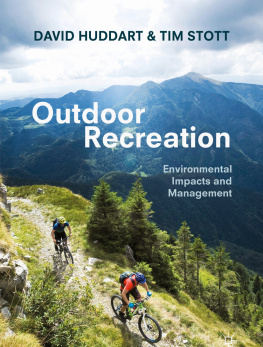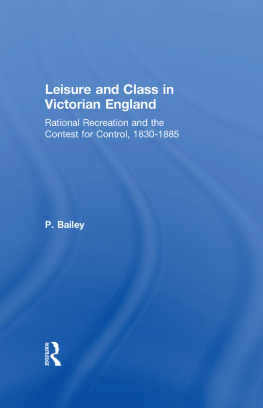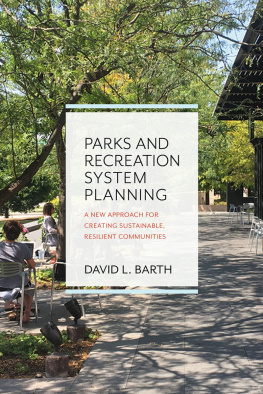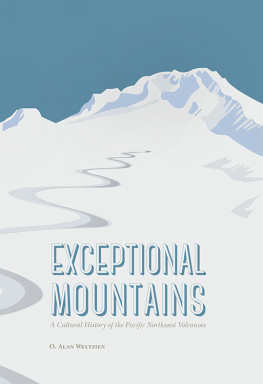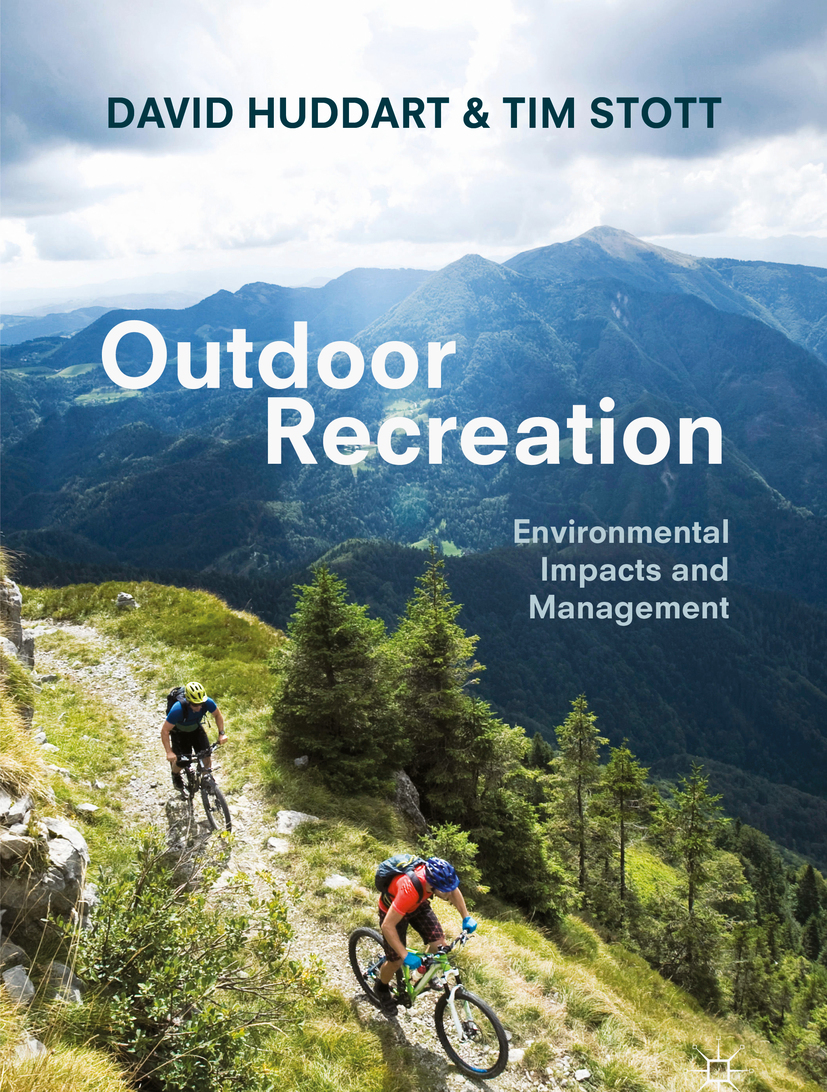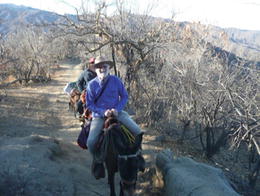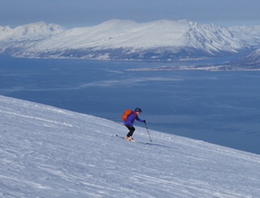David Huddart and Tim Stott
Outdoor Recreation
Environmental Impacts and Management
David Huddart
Liverpool John Moores University, Liverpool, UK
Tim Stott
Liverpool John Moores University, Liverpool, UK
ISBN 978-3-319-97757-7 e-ISBN 978-3-319-97758-4
https://doi.org/10.1007/978-3-319-97758-4
Library of Congress Control Number: 2018955843
The Editor(s) (if applicable) and The Author(s), under exclusive licence to Springer Nature Switzerland AG 2019
This work is subject to copyright. All rights are solely and exclusively licensed by the Publisher, whether the whole or part of the material is concerned, specifically the rights of translation, reprinting, reuse of illustrations, recitation, broadcasting, reproduction on microfilms or in any other physical way, and transmission or information storage and retrieval, electronic adaptation, computer software, or by similar or dissimilar methodology now known or hereafter developed.
The use of general descriptive names, registered names, trademarks, service marks, etc. in this publication does not imply, even in the absence of a specific statement, that such names are exempt from the relevant protective laws and regulations and therefore free for general use.
The publisher, the authors and the editors are safe to assume that the advice and information in this book are believed to be true and accurate at the date of publication. Neither the publisher nor the authors or the editors give a warranty, express or implied, with respect to the material contained herein or for any errors or omissions that may have been made. The publisher remains neutral with regard to jurisdictional claims in published maps and institutional affiliations.
Cover illustration: MITO images GmbH / Alamy Stock Photo
This Palgrave Macmillan imprint is published by the registered company Springer Nature Switzerland AG
The registered company address is: Gewerbestrasse 11, 6330 Cham, Switzerland
Acknowledgements
We would like to acknowledge the generations of outdoor education students at Liverpool John Moores University for their help in developing our interest in recreation ecology and management. We thank our wives, Silvia and Debbie, for their patience and understanding during the long period of time that it took to write this book.
Contents
List of Figures
List of Tables
About the Authors
David Huddart
is Emeritus Professor of Quaternary Geology and Environmental Education at Liverpool John Moores University. He has spent many years teaching landscape interpretation, recreation ecology, and outdoor and environmental education. He was the course leader for the postgraduate diploma in outdoor education and the undergraduate BEd and BSc in science and outdoor education and outdoor education degree courses. He has supervised undergraduate and PhD student dissertations in many aspects of recreation ecology. He has researched in many parts of the world including Svalbard, Iceland, Greenland, Alaska, Mexico, Guatemala, and the United Kingdom.
Tim Stott
is Professor of Physical Geography and Outdoor Education at Liverpool John Moores University where he has been responsible for leading and teaching on the outdoor education programmes for 25 years. He has travelled widely, skiing, trekking, cycling, and canoeing, and has carried out fieldwork for his research in Iceland, Svalbard, Greenland, European Alps, British Columbia, China, Peru, Bolivia, and the Caucasus, as well as the United Kingdom.
1. Introduction to Outdoor Recreation and Recreation Ecology
Chapter Summary
Here we define outdoor recreation, recreation impacts, and recreation ecology which are at the core of this book. The management of wilderness recreation in the USA is discussed as an example of how a recreation management system for protected areas operates, in particular how the National Park Service (NPS) has been controlled by legislative acts, policies, and guidelines. Strategies for defining visitor carrying capacity and monitoring visitor impacts are discussed along with site and visitor management techniques and strategies for educating the recreationists. The NPS originally employed the Visitor Experience and Resource Protection and decision-making framework for evaluating the visitor carrying capacity limits and currently uses the Visitor Use Management planning framework and decision-making framework which are described in this chapter.
The overall aim of this book is to examine the environmental impacts of a range of outdoor activities, to understand how these can be minimised by various management approaches, and to see if education of the recreationists is one approach that can be successful in reducing the environmental impacts.
1.1 Outdoor Recreation
This refers to outdoor leisure activities which take place in natural or at least semi-natural locations in the countryside. When that recreation involves excitement, real or perceived risk, or physically challenging situations, it is referred to as adventure recreation and is carried out for physical or social, goal-related benefits by individuals or groups. The benefits are predominantly physical, such as physical health, but they can also be mentally, emotionally, and spiritually rewarding. At the same time, the physical activity often gives pleasurable appreciation of the environment where the participant finds peace in nature, relaxes, and enjoys life. The activities are often used as a means of educational and team-building goals.
1.2 Recreation Impacts and Recreation Ecology
In this book we define a recreational environmental impact as any undesirable, negative, visitor-related, biophysical change to natural resources, such as vegetation, wildlife, soils, and water, which can be an agent of change in the natural landscape. How acceptable such visitor impacts and changes are is debatable and based on value judgements, but the effective land management actions either to avoid or more likely to minimise the environmental impacts should depend on scientific knowledge related to soil science, geomorphology, ecology, and hydrology and the numbers and types of impact caused by the recreationists.
This branch of science is called recreation ecology, defined as the study of ecological changes associated with visitor activities, including the role of influential factors, both in natural and semi-natural areas (Liddle ). As these figures are generally for several years ago, todays figures are likely to have increased markedly. Similar imprecise figures for individual activities are found worldwide, although there are relatively accurate figures for the USA, UK, Australia, and parts of Europe. We give estimates for each outdoor recreation activity in every chapter.

